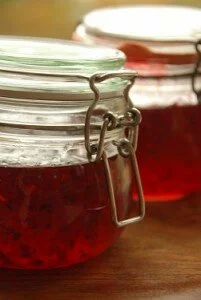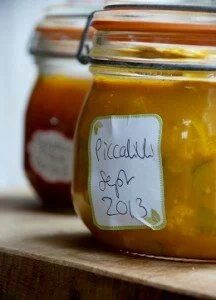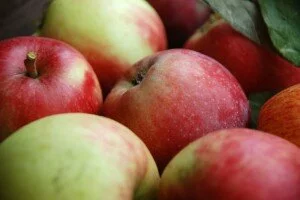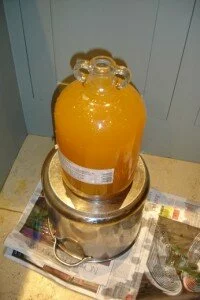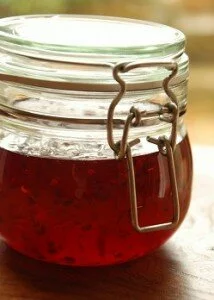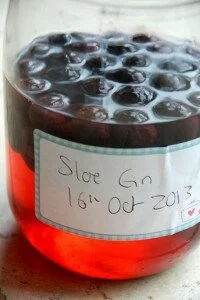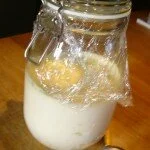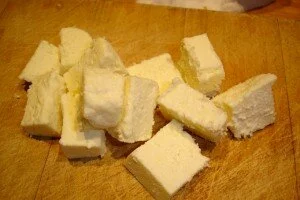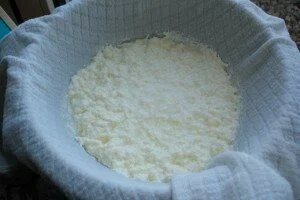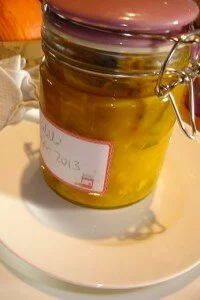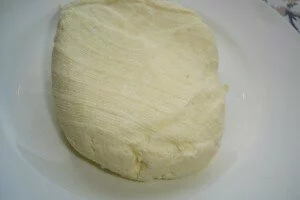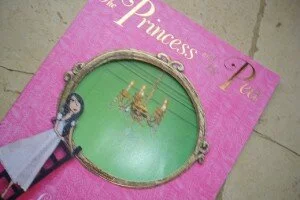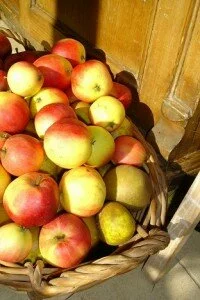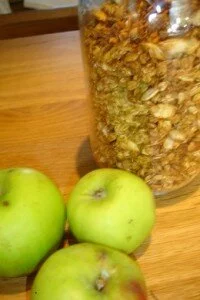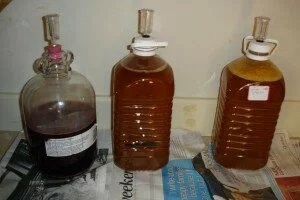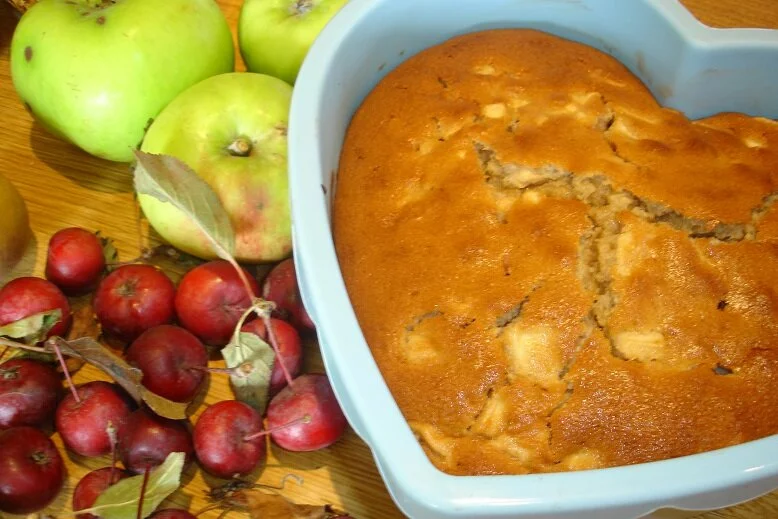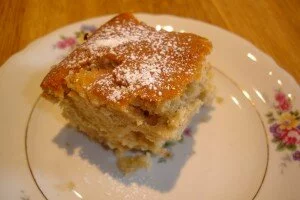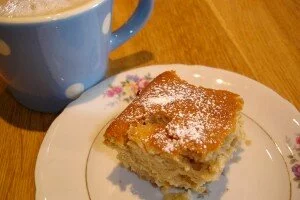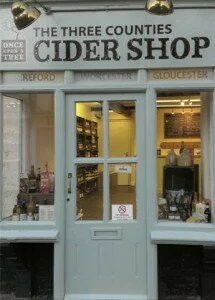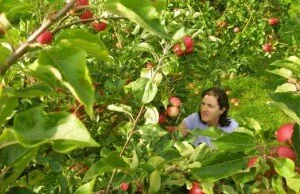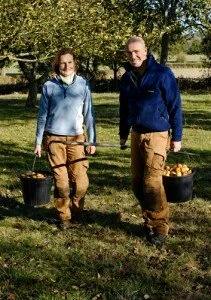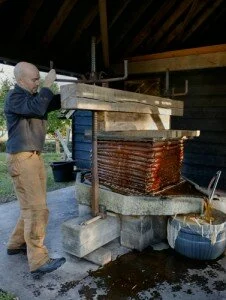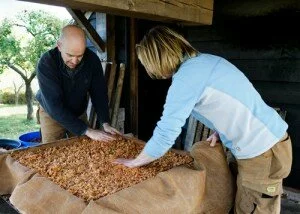in my kitchen this month…..
the warm hues of Autumn seem to be following me inside. The golden quinces, rosy apples, the burnt orange of the kuri squash and the enticing amber of the cider (we had a little sip when we siphoned it off into the second demi-john and it’s tasting good) echo the crisp colours of the garden. While my jewel-coloured jellies and magenta liquor around the sloes are reminding me of the rich colours of the berries in the hedgerows.
This is obviously on a good day! There have been quite a few damp days lately when the colour that most springs to mind is grey. These are the ones when I’m as glad of the colour in my kitchen as the warmth of the wood-burning stove.
in my kitchen …..
….there are things fermenting in every corner. I know this doesn’t sound ideal but I’m becoming addicted to cheese-making and there are regularly little tubs of cheese culture or tubs of curdling milk lurking. Not to mention the home-made booze – the Quince Ratafia and Fig Liquer just need a shake every now and again and one of the demi-johns of cider will soon be ready for drinking. Guy invested in a bargain bottle capper off ebay so we’ve been soaking labels off old bottles and will soon have a good new game. Hopefully lovely bottles of dry cider to enjoy too.
My latest easy cheese is Paneer. It’s a doddle to make; if you have surplus milk you can decide in the afternoon to make it for supper. And it holds its shape well, making it great for cooking briefly in a pan with a little oil and tossing into Indian spiced chickpeas or a vegetable curry.
Making Paneer cheese
Ingredients
1 litre whole, organic milk
3-4 tablespoons of either lemon juice or leftover whey from previous cheese-making.
In a large saucepan over a medium heat, warm the milk to 80 degrees centigrade. Keep an eye on it as it can boil over quickly. Turn off the heat and add 2 tablespoons of the lemon juice or whey. Stir until the milk separates into curds and whey. If it doesn’t seem to be separating, add another tablespoon of the lemon juice or whey.
Pour the mixture into a colander lined with muslin or cheesecloth which is placed above a bowl.
Gather the corners of the cheesecloth into a bundle and squeeze out as much of the excess liquid as you can. Save this whey as it can be used in future cheese-making or try replacing some of the milk in pancakes for whey, resulting in a sourdough type taste.
To press it into a solid cheese, set the bundle (still wrapped in muslin) in the middle of a plate with a good lip to catch the liquid that will be squeezed out. Put another plate on top and press until the bundle has flattened – weigh the plate down with something heavy like a few cans to help press. I found a use for my extra large jar of pickle at last!
Press the cheese for at least 20 minutes, though an hour is ideal. Drain off the liquid that has collected and unwrap the paneer.
Use or store immediately. The cheese will firm up even more in the fridge.
in my kitchen….
…there’s a dried broad bean. And a copy of Lauren Child’s lovely Princess and the Pea. As we slip from Autumn into damper, colder winter days, reading by the woodburner is definitely tempting.
After I’d read this to Ruby for a bedtime story recently, she decided she’d like to try a pea beneath her own mattress. As I only had dried broad beans to hand (saved for seed) she gave one a go but admitted quickly that she couldn’t feel anything. She suggested that perhaps the bean should be directly under her sheet. A good job we didn’t have the twelve feather mattresses.
Next morning my daughter was disappointed that the broad bean still hadn’t troubled her. I imagine I’ll see a broad bean cellotaped to her pyjamas soon.
In the meantime dried beans and pulses seem very well suited to the warming stews and soups that are needed this month. Recommend Louisa at Eat Your Veg’s Sausage Hotpot, which I sneaked lots of my home-grown squash into and enjoyed with mashed swede from the garden. Chorizo and fish have been cooked in home-made stock (a fishy variety stashed in the freezer since we brought back crab from Wales with tomatoes, potato, paprika and garlic for a sort of Spanish fish stew.
But it’s lamb that is going to be added to lots of slow-cooked winter dishes over the next month. Very local lamb, bought from the brilliant smallholding near us that supplied us with pigs to clear the back garden last year. I’d been talking to Carol recently about how she moves her lambs to different pasture really regularly, thus helping her to avoid the 2 weekly worming that so many farmers carry out. The smallholding is one of those great places that isn’t classified organic but avoids use of chemicals through good practice, traditional rotation etc. Their Berkshire pigs have plenty of space in orchards to root around in and the sheep have lush pasture. So when I heard she was selling half lambs, I jumped at the chance. My head is full of lamb and quince tajine, slow-cooked shoulder eaten with salty home-made cheese and flatbread and lamb koftas. Hopefully the kitchen will be too soon.
Would love to join in again with Celia of Fig Jam and Lime Cordial’s inspiring In my Kitchen.
And the good photos (those near the beginning of the post) are taken by my photographer friend Chava Eichner, whose vegan food blog is soon to feature some Bavarian foodie treats.


